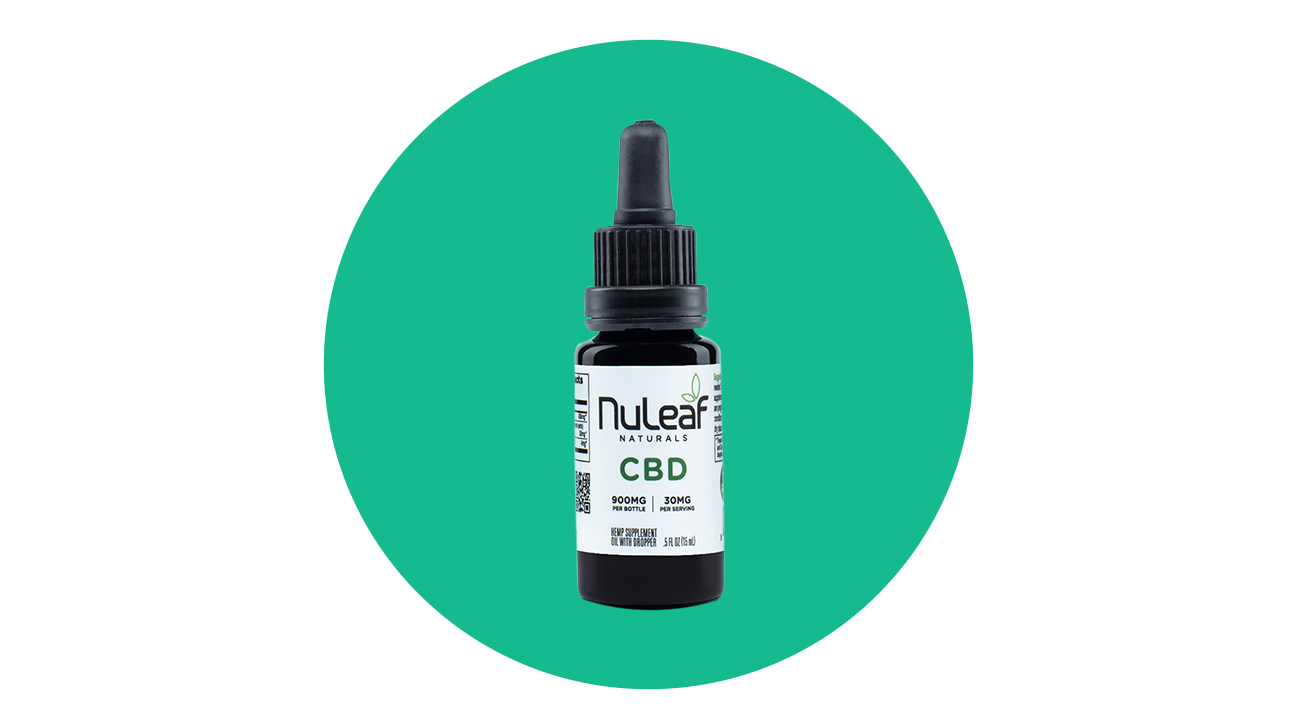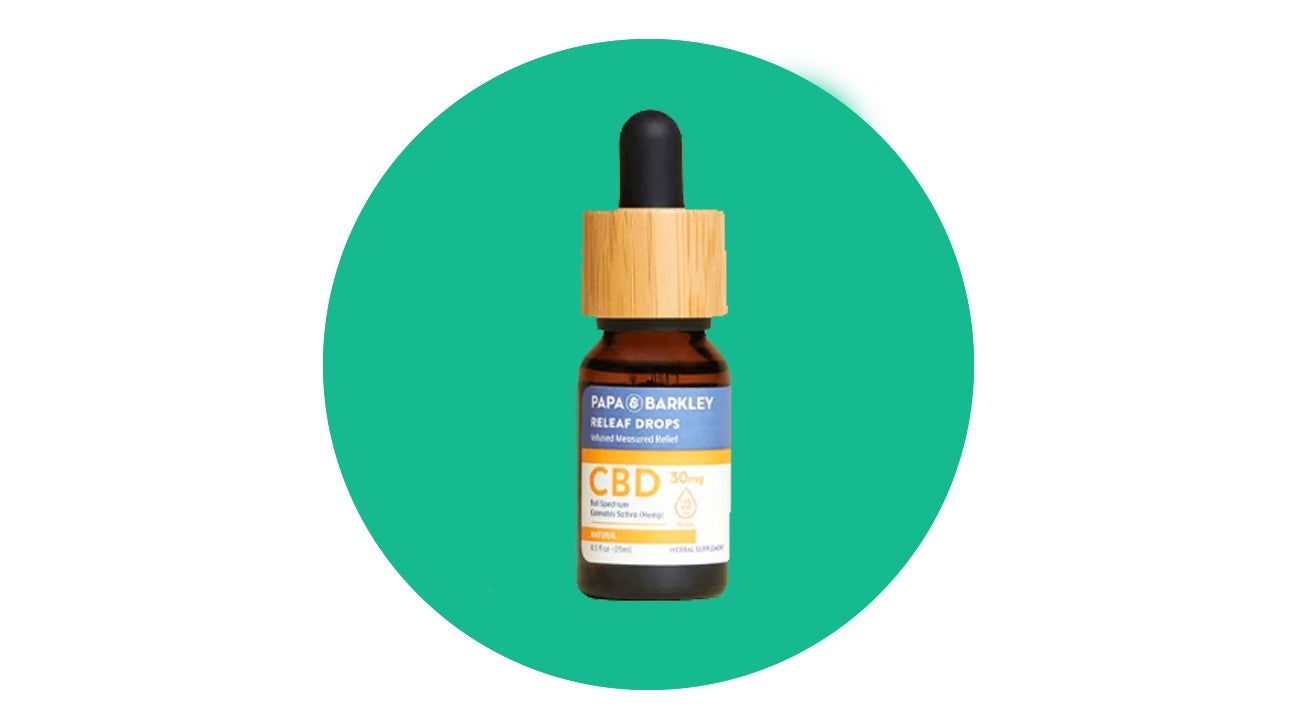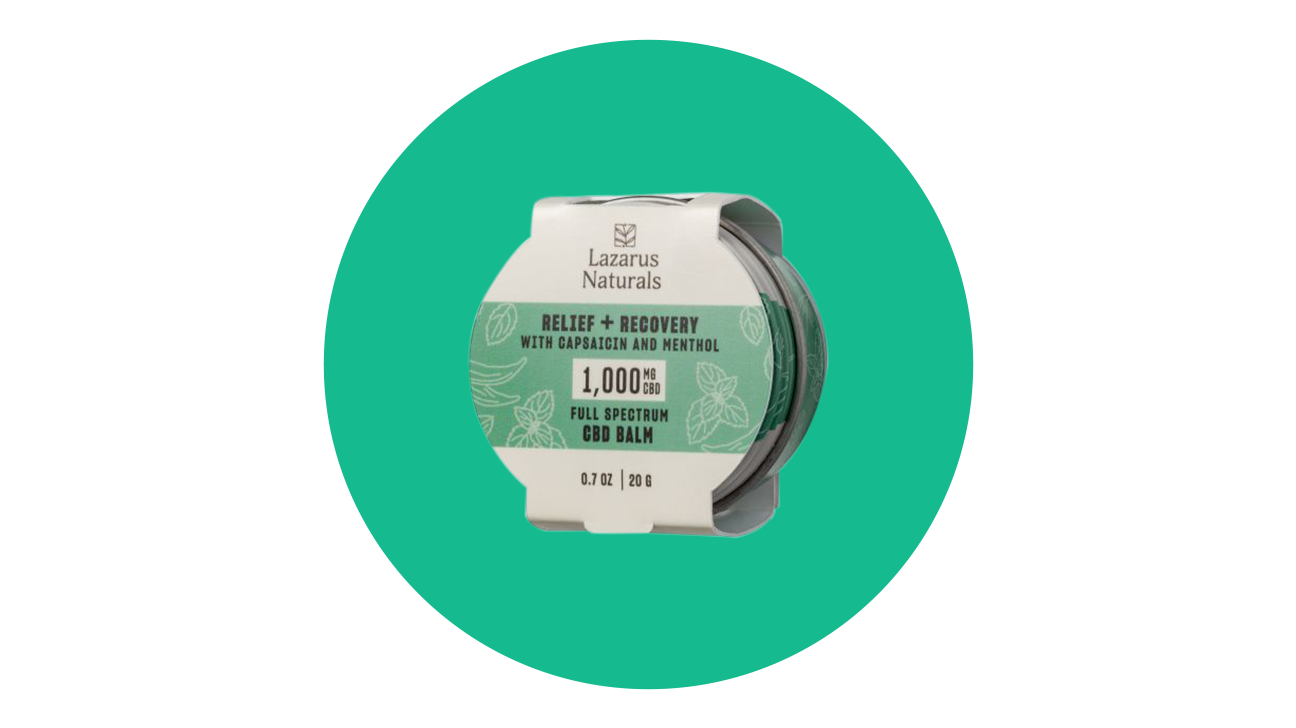That apple cider vinegar bottle at the back of your cabinet has a “best before” date from ages ago…but I mean, will it kill you to use it? (Spoiler alert: No.)
If you’re wondering whether your somewhat suss bottle of ACV is still safe to use for your salad dressing, face toner, or weird TikTok hack, the short answer is yes.
Due to the acidic nature of ACV, it’s essentially a self-preserving pantry item. It never really sours or expires – because it’s already sour and fermented.
What’s up with that best before date, then? Here’s the deal.

How long does apple cider vinegar last?
Technically, your apple cider vinegar can never go bad once opened, so feel free to have at that bottle of ACV you uncovered from your pantry’s deep, harrowing abyss.
You should be following that bottle’s “best by” date, though…right? Not necessarily. These are required by the FDA, and not always a reflection of how long something lasts.
Expiration dates on ACV are usually listed between 2-5 years from when the vinegar was made, but you can totally consume or use it beyond that. It also will still maintain its nutritional content.
That’s partly because the pH of acetic acid, the main component of ACV, is between 2 and 3, which makes it highly acidic. And like other acidic substances (citric acid, for example) it works as a natural preservative.
It also contains natural antimicrobial properties that contribute to its long shelf life. In fact, according to 2018 research, ACV can prevent the growth of germs like E. Coli, Staph, and a type of fungus called Candida albicans. Research suggests vinegar has the most antibacterial characteristics when compared to coffee, tea, soda, juice and olive oil.
If opened, it might get a little cloudier and produce more sediment over time – especially if the vinegar is unfiltered (meaning you get that kombucha-like film, a fermentation byproduct). This happens due to exposure to oxygen when you open the lid, and doesn’t mean it’s spoiled. It could make it taste more acidic, though.
This oxygenation process also causes the release of citric acid and sulfur dioxide, two preservatives in vinegar. Since this can make the vinegar taste even more acidic, you may want to taste a drop before you use it in a recipe.
If it tastes disgusting, you’ll likely wanna pass. But it’s still not gonna contain any pathogens that can harm you.
How you can tell if apple cider vinegar is changing with time
Again, ACV can’t really go bad. But since it can keep fermenting and becoming more acidic over time, you might wanna keep it out of your vinaigrette or DIY shampoo in the following circumstances:
- If it’s really cloudy. Again, not necessarily an issue health-wise. But if there’s lots of white cloudy floaters in your vinegar, you might wanna skip it. Nicknamed the “mother” of fermented liquids, it’s basically a glob of yeast and bacteria that can continue to grow over time. It does contain probiotics though, which means it could actually be good for your gut health. That being said, some people don’t find it very appetizing to consume.
- If it tastes super acidic. Okay, ACV is *always* super acidic. But if it’s making you pucker up more than usual, consider passing on it for your stir-fry or salad. (Ever tried wine that went off? Yeah. It’s like that.) You can prob still go for it for cleaning, beauty or other purposes, though.
- If the color looks off. If it looks significantly darker than usual, it might mean it’s super fermented. Check a drop for taste before you pour it into your soup, JIC.
So how should you store apple cider vinegar?
Like true luv or The Song That Never Ends, an unopened bottle of ACV lasts forever…sort of. Its taste or texture might change over time, but it won’t hurt you to consume it.
If you store it properly, it won’t continue to ferment as much and will retain its original properties better.
The best way to store ACV is in a cool, dark place. Since repeated exposure to light and high temps can alter the taste, it’s a good idea to keep it in the back of your cupboard or pantry. You don’t need to refrigerate it, either – it doesn’t need to be kept at temps that low.
But even if you decide to keep it in a sweltering place, it won’t hurt you. But it might not taste great.
Other FAQs about ACV shelf life
{ “@context”: “https://ift.tt/GlnK56V;, “@type”: “FAQPage”, “mainEntity”: [{ “@type”: “Question”, “name”: “Does apple cider vinegar need to be refrigerated?”, “acceptedAnswer”: { “@type”: “Answer”, “text”: “No, you don’t need to refrigerate ACV. In fact, it prob won’t do anything to preserve its shelf life. It’s better to store it in a cool, dark place like the back of your cupboard.” } },{ “@type”: “Question”, “name”: “Can apple cider vinegar be used after its best-by date?”, “acceptedAnswer”: { “@type”: “Answer”, “text”: “Yep, you can use ACV indefinitely after its best-by date, whether opened or unopened. You just might wanna taste a drop first to ensure it’s not overly sour from further fermentation. Even though it won’t harm you if it’s a little off, it might mess with the taste or texture of your recipe. This date is mandated by the FDA, and in ACV’s case, is really more of a suggestion.” } },{ “@type”: “Question”, “name”: “How long is apple cider vinegar good after its best-by date?”, “acceptedAnswer”: { “@type”: “Answer”, “text”: “ACV is safe to use for years after its best-by date – you just might want to sample a drop first to ensure it tastes okay if you’re planning to consume it. Even though it won’t harm you, overly fermented ACV might not have an ideal taste or texture.” } },{ “@type”: “Question”, “name”: “Can you get sick from old ACV?”, “acceptedAnswer”: { “@type”: “Answer”, “text”: “There’s no evidence that you can sick from old ACV. Since it’s highly acidic and has natural antimicrobial properties, you’re totally safe. It just might not taste great.” } },{ “@type”: “Question”, “name”: “What can you sub for ACV?”, “acceptedAnswer”: { “@type”: “Answer”, “text”: “Red wine or white wine vinegars, which are made from fermented wine, are legit subs for ACV, especially if you’re whipping up a salad or something. Rice vinegar also works well – just check to see if it’s seasoned first. Sherry vinegar has a distinct flavor but does have a little of the ACV zing you may be after. In a pinch, try champagne vinegar or lemon juice.” } }] }Does apple cider vinegar need to be refrigerated?
No, you don’t need to refrigerate ACV. In fact, it prob won’t do anything to preserve its shelf life. It’s better to store it in a cool, dark place like the back of your cupboard.
Can apple cider vinegar be used after its best-by date?
Yep, you can use ACV indefinitely after its best-by date, whether opened or unopened. You just might wanna taste a drop first to ensure it’s not overly sour from further fermentation. Even though it won’t harm you if it’s a little off, it might mess with the taste or texture of your recipe.
This date is mandated by the FDA, and in ACV’s case, is really more of a suggestion.
How long is apple cider vinegar good after its best-by date?
ACV is safe to use for years after its best-by date – you just might want to sample a drop first to ensure it tastes okay if you’re planning to consume it. Even though it won’t harm you, overly fermented ACV might not have an ideal taste or texture.
Can you get sick from old ACV?
There’s no evidence that you can sick from old ACV. Since it’s highly acidic and has natural antimicrobial properties, you’re totally safe. It just might not taste great.
What can you sub for ACV?
Red wine or white wine vinegars, which are made from fermented wine, are legit subs for ACV, especially if you’re whipping up a salad or something. Rice vinegar also works well – just check to see if it’s seasoned first.
Sherry vinegar has a distinct flavor but does have a little of the ACV zing you may be after. In a pinch, try champagne vinegar or lemon juice.
Takeaway
Apple cider vinegar is acidic and has antimicrobial properties that make it self-preserving. So even if it’s old and past its “best by” date, it’s safe to consume.
It might change in taste, texture or appearance over time, though, especially if it’s opened or stored in a hot or sunny place. So before you use it in any recipes, consider tasting a drop first.
from Greatist Health RSS Feed https://bit.ly/3vp8N3W















